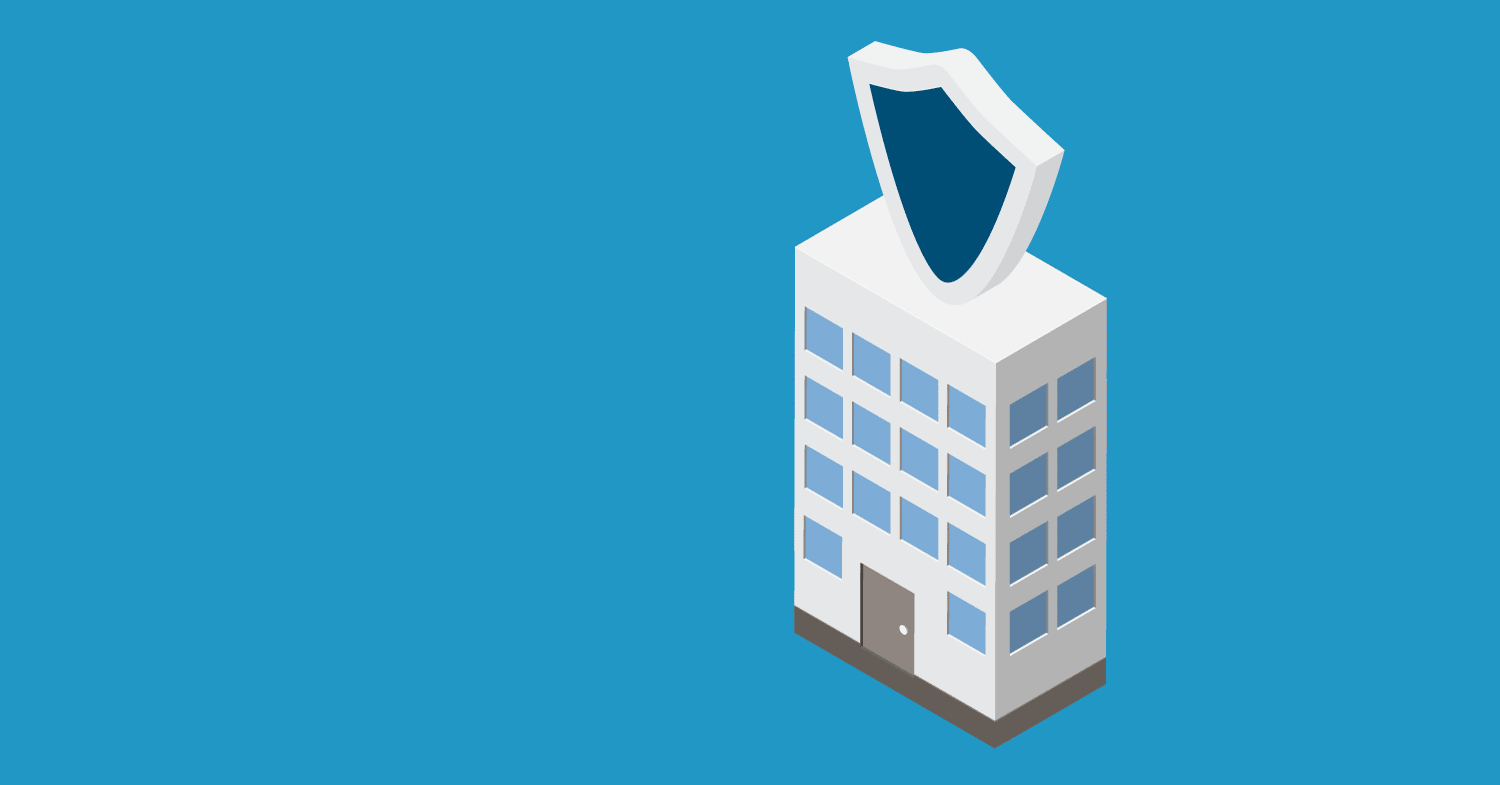Product liability is civil law legislation. It allows consumers to hold manufacturers or sellers liable for defective product damages. Manufacturers must produce items that are safe to use and work as they intend them to function. Civil law requires that all products meet the consumer’s general expectations to work correctly.
According to the information from the Legal Information Institute at Cornell Law School, product liability lawsuits fall into four groups. They include manufacturing defects, design defects, failure to warn, and breach of warranty.
- Producers must make safe goods that function as intended without causing harm.
- Each product must meet the general expectations of consumers to be safe and work right.
What is Product Liability?
Product liability is an area of law. It holds manufacturers and distributors accountable for injuries occurring from defective products. The claimant must prove the case falls within one category mentioned above.
A manufacturing defect occurs during the production phase. It means an error occurred, causing a flaw, and the products are unsafe for use by consumers. A manufacturing defect will usually only affect the items in production when the error occurs. A design defect is an error in the product’s blueprint. Defective designs make all products the maker produces under that design inherently dangerous.
Failure to warn lawsuits occurs when the manufacturer fails to warn of all a specific product’s potential hazards. Finally, when the producer guarantees the quality of the product they sell, the item is under warranty. When the product is defective, a breach of warranty occurs.
- The lawsuit must prove a manufacturing defect, design defect, failure to warn, or breach of warranty to recover damages.
- Manufacturing defects only affect the batch in production, while design defects cause the entire line to be defective.
What is product liability law?
Product liability law is a field of civil law governing product liability litigation. The doctrine gives consumers a cause of action if they use a product and sustain injuries because of a defect. According to Harvard Business Review, litigation for design defects is the most damaging. It is also the most effective product liability claim. Most courts acknowledge design defects over other defective product claims.
Product liability involves a petitioner suing for damages against the product’s maker or seller. They start legal action when a defective product causes injuries. The case must prove they are seeking damages because of the product’s defect, making it hazardous for consumers.
- Product liability law allows consumers to recover damages after suffering injuries from using a defective product.
- Proving design defects is the most effective way to establish the manufacturer’s liability.
Lawyers can manage product liability cases while on the go. They can determine factors such as what is the statute of limitations quickly.
What is products liability insurance?
Product liability insurance helps manufacturers protect their business in the event of lawsuits. Policies cover the organization should the court order them to pay product liability settlements. Consumers file suits after injuries from using products they design, produce, or sell. Insurance coverage can help businesses make, distribute, or sell goods to consumers. Insurance companies may offer product liability coverage as a stand-alone policy. Yet, they usually include it in the general liability insurance policy.
- Product liability insurance provides monetary protection to manufacturers should product liability lawsuits arise.
- Product liability insurance is available to entities that produce and sell goods to consumers.
What is the difference between strict liability vs. product liability?
The distinction between strict liability and product liability is the burden of proof. Product liability cases must establish that injuries resulted from a product’s defect. The evidence must show that the plaintiff used the product as the maker intended. Even so, they suffered injuries. The claim will not need to prove that there was negligence on the manufacturer’s behalf. Products Liability is a response to strict liability. The defendant is liable when the case establishes the product was defective, regardless of the maker’s intent.
- When the civil action establishes the product’s defect caused damages, the maker’s intent is obsolete.
- When legal elements are present, the case meets the requirements for strict liability.
Matter management software allows legal professionals to manage product liability actions easily.
Which tools do lawyers use to manage product liability cases?
Product liability law is complex and involves many elements. Thus, attorneys need functional tools to help them locate documents and navigate various cases. CloudLex provides software to support busy lawyers from the office or while traveling.
Personal injury case management software is priceless for legal professionals. It makes it simple for lawyers to review risks and prepare an effective lawsuit strategy from anywhere. The solution allows legal professionals to locate and work on claims of any size, regardless of location. Products such as law firm workflow software will enable attorneys to automate tasks and events and reduce errors. They can create workflows for repetitive tasks throughout the product liability claims process. Legal calendaring software ensures lawyers will never miss a deadline.
Request a demo of CloudLex for more information about the production tools available to busy law firms.

